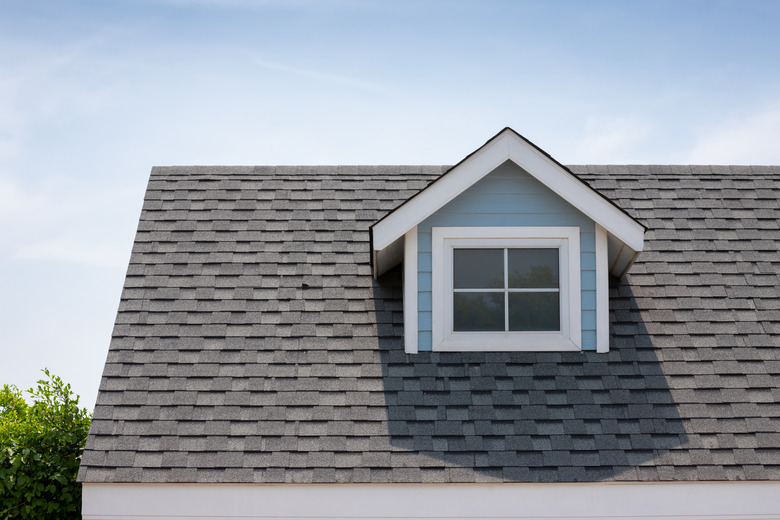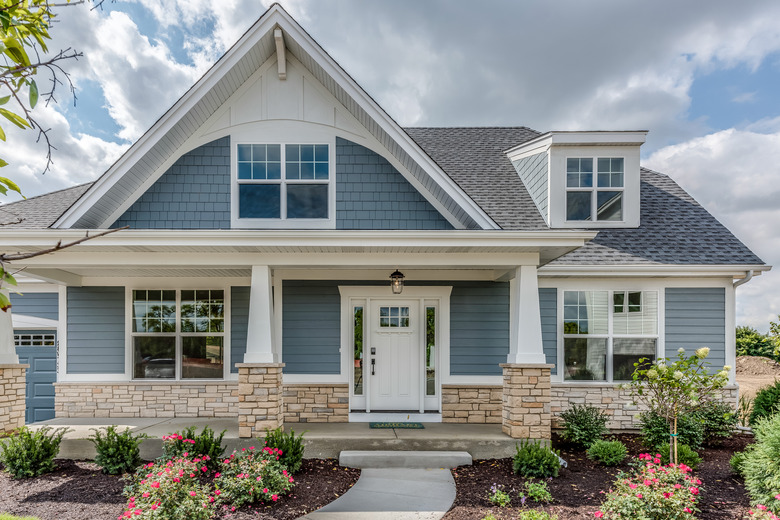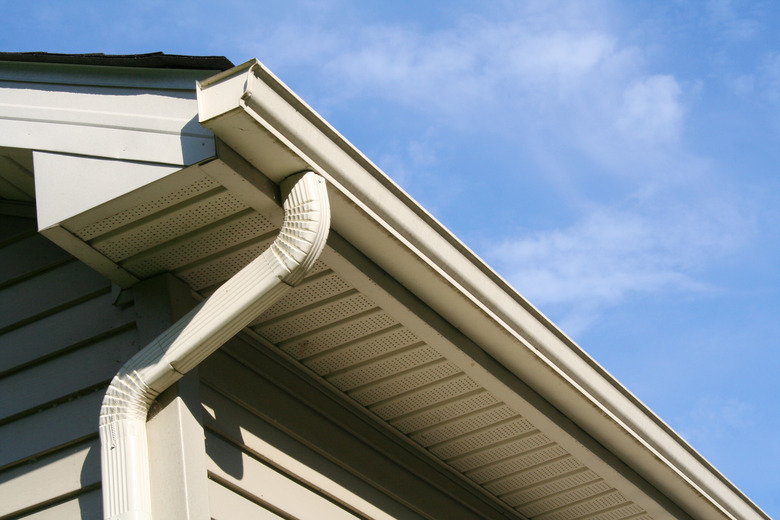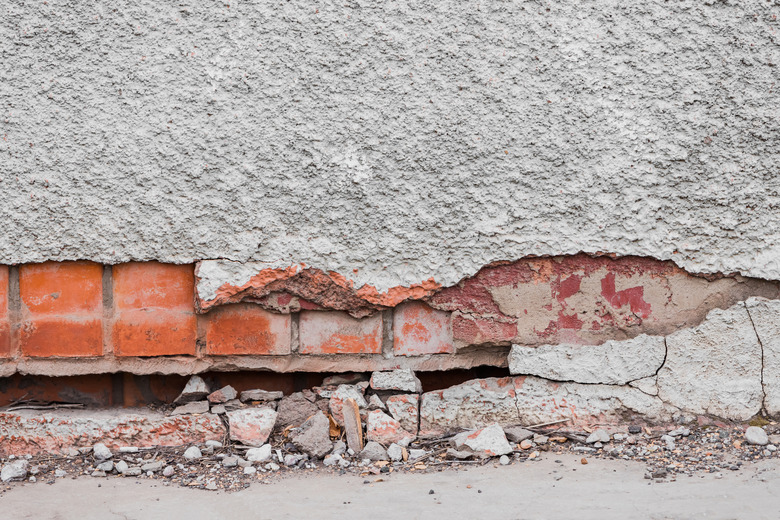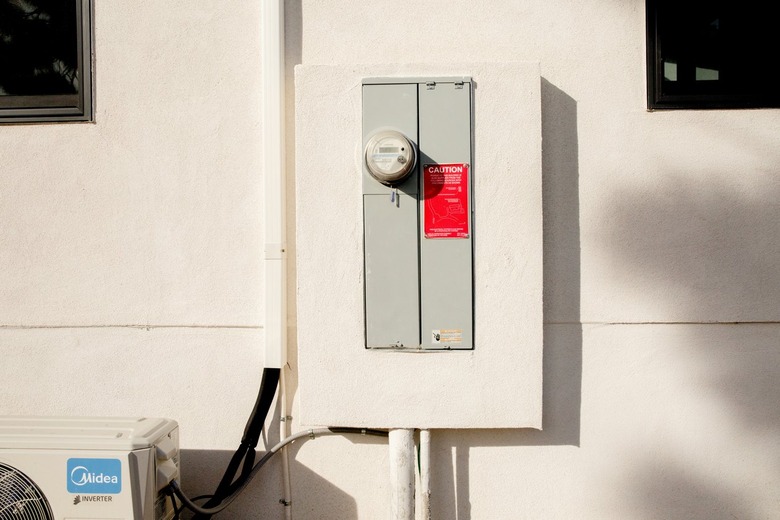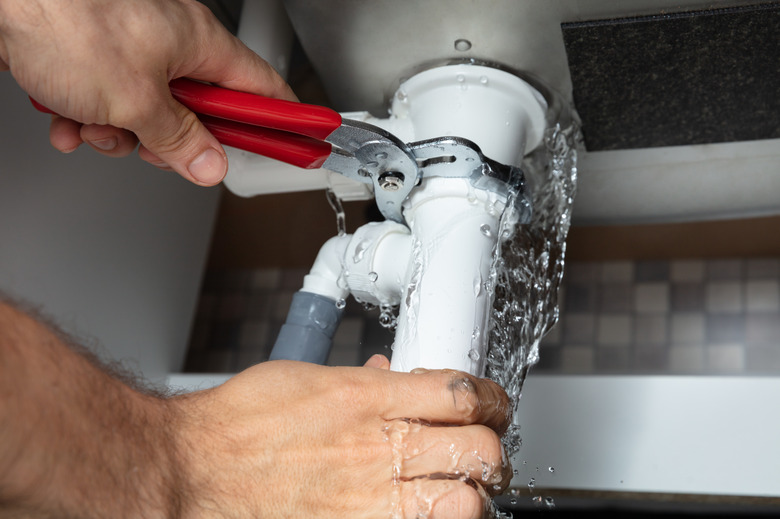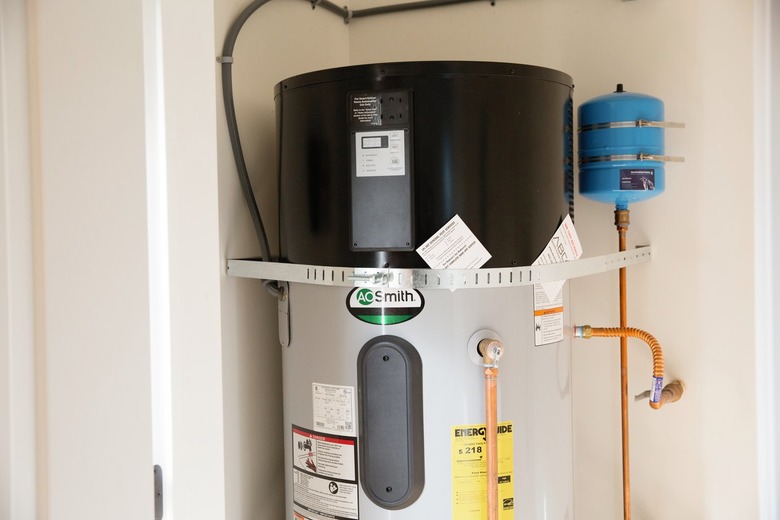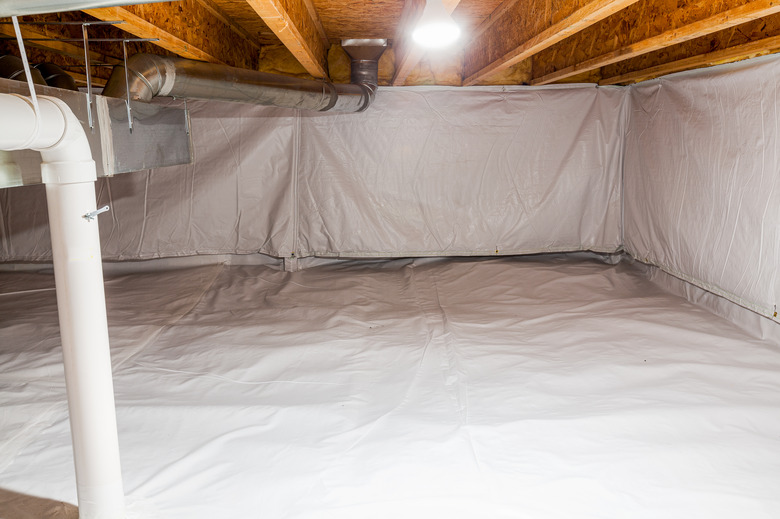9 Items Your Home Inspector Will Be Looking For
A good home inspection can make the difference between buying a sound home (with normal repair and replacement expenses) and buying a downright money pit. That's why it's absolutely essential to have a professional home inspector go through your new home with a fine-tooth comb before you agree to the purchase of the home with the seller, which is often referred to as an inspection contingency. This contingency allows for the homebuyer to have a few days to ensure that both the interior and exterior condition of the home are satisfactory before the real estate contract becomes binding.
Aesthetics vs. Condition
Aesthetics vs. Condition
Though you may be in love with the flooring, the color of the walls or the square footage, a home inspector isn't interested in the aesthetics of the house. He is evaluating the condition of the building and its various systems and what types of repairs or future maintenance the home may need. On inspection day, your inspector will walk through the entire home and compile a detailed home inspection report of all the major and minor items that may need attention.
Whether you're a first-time homebuyer or you're on your fifth home purchase, it can help to be familiar with what a home inspection checklist will include and what common home inspection issues arise so you can know exactly what to expect on the big day.
Goal of a Home Inspection
Goal of a Home Inspection
The goal of a professional home inspection is two-fold. Most importantly, it will help you determine whether you will renegotiate the contract to ask the seller to make a few repairs before the closing or to take money off the sale price to help you pay for the repairs. In extreme cases, an inspection may lead to you pulling out of the deal entirely. No matter what the cost of a home inspection, it's worth it to have the peace of mind of knowing the home's condition or to have an out if the house has lots of issues.
The inspection report will also teach you the ins and outs of the home you are about to acquire and care for. Your home inspector will likely go through the inspection report with you and your real estate agent in great detail so that you can understand exactly what you're getting into, whether it's a turnkey home with just a few issues or a fixer upper with major issues that's in need of an overhaul.
If the inspector finds that the home requires major repairs — for example, the house needs a new roof or an entirely new HVAC system — this is information a buyer can take to the seller and negotiate for a lower price or ask the seller to pay for some or all of the repairs. However, your inspection report will also likely include a smaller laundry list of items that might be too minuscule to ask the seller to fix but will be good for you to know so you can fix them before you move in or add them to your to-do list.
1. Roof Damage
1. Roof Damage
Inspectors look at the age and overall condition of the roofing to determine how much life it might have left. They also look for a few key elements that prevent leaks: namely, flashing at all transitions. Missing flashing and failed sealant are red flags that warn the inspector that there might be evidence of leaks below.
- Flashing: Is there flashing along all joints where the roof meets walls, dormers and skylights?
- Chimney: Are chimneys properly flashed and sealed? Is the chimney in good condition?
- Penetrations: Do pipes, vents and other penetrations have rubber boots or other flashing, and is it in good condition?
- Shingles: Are any shingles damaged or missing? Are there exposed or popped nails?
2. Exterior Finish Condition
2. Exterior Finish Condition
House exterior checklist items include siding, trim boards, window and door trim and other finish elements, but basically, inspectors are checking for signs of rot, insect damage and areas where water might be getting into the wall structure.
- Wood materials: Are any wood pieces touching the ground or within 6 inches of the ground?
- Paint: Is the paint or other protective finish in good condition?
- Trim: Are trim boards well-fastened without significant gaps that can let in moisture and pests?
- Doors and windows: Do they have flashing or a drip edge along the top to keep water away? Are these areas well-caulked or otherwise sealed?
- Siding: Is it in good condition (even if it could use a paint job)? If the siding is stucco or masonry, are there open cracks in the material? Is mortar missing from brick siding?
3. Gutter and Drainage Issues
3. Gutter and Drainage Issues
Inspectors want to see that gutters are in good shape and are properly sloped and that the downspouts direct water away from the house's foundation. Along the same lines, the ground should slope downward away from the house to promote natural drainage. Problems here increase the likelihood of water in the basement or crawlspace.
- Gutters: Are horizontal gutter runs sloped toward the downspouts? Are the gutters straight and properly secured?
- Downspouts: Are there enough downspouts for the length of gutter runs?
- Downspout outlets: Do the outlets drain water onto ground sloping away from the house? Are downspout extensions and/or drainage blocks used where necessary?
4. Foundation and Structural Damage
4. Foundation and Structural Damage
The primary structural elements include the foundation and the internal framing of the home. In most cases, these are visible primarily in the basement or crawlspace, where home inspectors can view the foundation walls (and concrete footings under the wall) and the floor framing supporting the rest of the house.
- Foundation walls: Are they plumb (perfectly vertical), straight and free of significant cracks?
- Footings: Do they bear on solid soil or rock and have no significant cracking?
- Main support beams: Are they adequately sized and supported? Do support columns bear on concrete pads or footings?
- Floor joists: Are they straight, sound and sized properly for their spans (length)?
- Exterior house walls: Are they straight and plumb (not bowed)?
- Windows and doors: Do the openings look square (plumb and level), not skewed?
- Roof: Is the ridge straight, not saddled? Are the roof planes flat, not dipping or bulging?
5. Attic Problems
5. Attic Problems
Inspectors look for lots of potential problems in attics, including checks of the structure, insulation and ventilation system. They also make sure homeowners haven't had an error in judgment and vented their clothes dryers or their bath or kitchen vent fans into the attic.
- Rafters or trusses: Are the roof rafters sized properly for the roof span? Are they in good condition?
- Floor joists: If the attic space is used for storage or other purposes, are the joists large enough to handle the additional load?
- Roof deck (plywood or boards under the shingles): Are there any signs of leaks, mold, rot or insect damage?
- Ventilation: Is it adequate for the attic space and home? Are soffit and/or roof vents blocked, restricting airflow?
- Insulation: Are insulation levels appropriate for the local climate, and is insulation installed properly? Are there any signs of mold or water damage on insulation?
6. Electrical Issues
6. Electrical Issues
Inspection of the electrical system starts at the service panel, or breaker box (or fuse box). Red flags and unprofessional workmanship at the panel alert the inspector to check for poor installation elsewhere. Basements and crawlspaces also offer easy access to wiring and other electrical equipment. In the house, inspectors can't see the wiring but can check switches, fixtures and appliances for proper installation and operation.
- Service panel: Is the service capacity up to the modern standard of 150 or 200 amps? Has the panel model been recalled? Are the circuit breakers and wires neat and properly installed?
- Exposed wiring: What is the wiring type, and how is it installed? What does the system use for grounding? Are wiring cables properly supported and fastened?
- Junction boxes: Do all junction boxes (which enclose wire splices) have cable clamps for the incoming cables? Are the boxes in accessible locations, and do they have covers?
- Switches and fixtures: Do switches, light fixtures, ceiling fans and vent fans work properly?
- Outlets (receptacles): Do multiple receptacles pass the test for proper wiring and grounding? Are there GFCI receptacles in all required locations (kitchens, bathrooms, laundry rooms, garages, outdoors, etc.)?
7. Plumbing Leaks or Corrosion
7. Plumbing Leaks or Corrosion
Plumbing inspections look for signs of leaks, corroded materials and improper pipe configurations. Water pressure and drain performance also can indicate potential problems.
- Water pressure: Is the pressure low/weak at multiple fixtures?
- Water pipes: Of what are they made? Are galvanized steel pipes combined with low water pressure (indicating significant corrosion inside the pipes)?
- Drain pipes: Are there signs of leaks? Do the key drains have cleanouts for snaking the drains? Of what are the pipes made, and are old metal pipes corroded? Are drain pipes sloped properly?
- Drains: Do the toilets, sinks and tub/shower drain well?
- Septic system: Has the septic tank been cleaned or serviced recently? What is the condition of the leach field (drainage field)?
- Sewer system: Is there evidence of a recent backup in the main house drain or sewer pipe? Has the sewer drain been scoped with a camera (an optional service performed by a plumber or drain contractor, not a house inspector)?
8. Water Heater and HVAC Condition
8. Water Heater and HVAC Condition
While a typical home inspection will note the age and overall condition of most major appliances, the greatest focus is on the water heater and the heating, ventilation and air conditioning (HVAC) equipment.
- Water heater: Is the tank size/heater capacity suitable for the household? Are all required safety features intact? Is the heater properly vented? How old is the water heater (particularly important with tank-style heaters)?
- Heating system: Is each room adequately served? Does the system operate properly to heat and/or cool the rooms?
- Forced-air ductwork: Are ducts properly sized? Are the joints well-sealed? Are supply ducts insulated?
- Furnace: What is the general age and condition? Is the filter clean?
- Venting: Is the furnace or boiler properly vented? Any signs of corrosion or excessive moisture?
- Air conditioner: Is the outdoor unit properly installed with a support pad and a suitable location? Is there any corrosion on the unit? Is the unit properly sized for the house? What is the unit's age?
- Boiler (hydronic heating): What is the boiler's age and condition? Is it properly vented? Is the system appropriately zoned?
9. The Existence of Radon
9. The Existence of Radon
Most home inspections include a radon test as an optional add-on. The test is done over 48 hours when no one is home. The test is highly recommended and is nothing to fear. High levels of radon can cause cancer, and radon mitigation is no big deal if the house fails the test. It usually takes a professional only a few hours to install a mitigation system, and it costs an average of $1,200.

